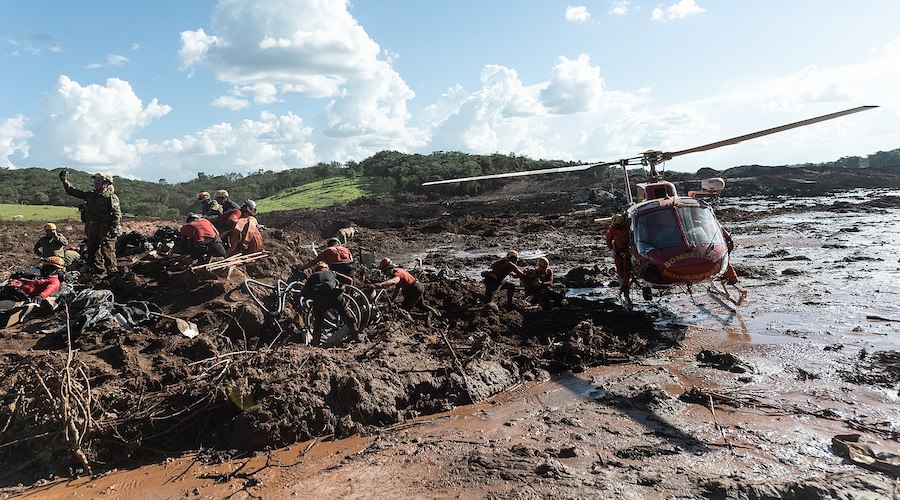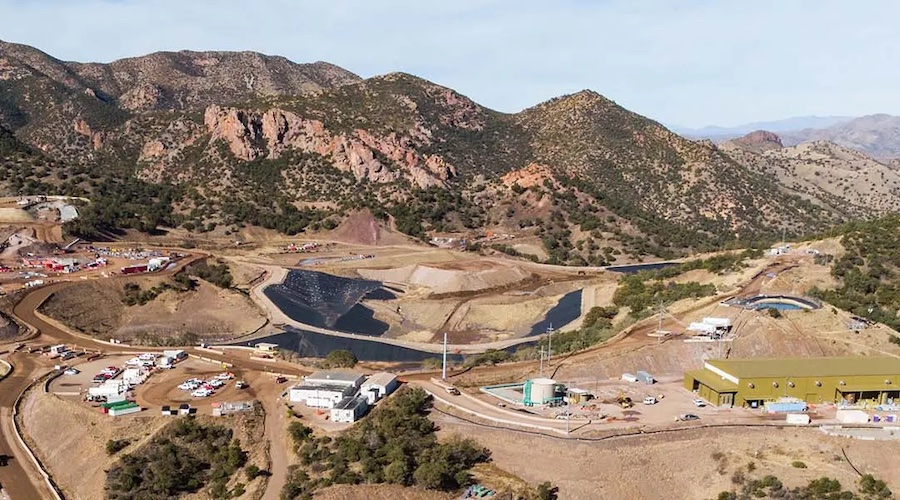Brumadinho dam collapse could have been predicted weeks in advance – study

The dam collapse at Vale’s (NYSE: VALE) Córrego do Feijão mining complex in Brazil, which killed 270 people two years ago, could have been foreseen with the right monitoring technology.
This is according to a recent study by researchers at the University of Nottingham and Durham University, who collaborated with Terra Motion and discovered that by applying satellite radar imaging InSAR to check for small ground movements in and around dams, it is possible to predict a dam burst.
“Our ISBAS InSAR results revealed that different areas of the dam were moving at different rates and some of these were seen to accelerate suddenly during the two months preceding the collapse,” Stephen Grebby, lead author of the study, said in a media statement.
“Despite the dam being monitored by the mining company using standard techniques with no apparent warning raised, our analyses of the precursory movement indicate the timing of the collapse was foreseeable.”

ISBAS stands for Intermittent Small Baseline Subset, which is an advanced InSAR technique that can help overcome the limitations faced when using some of the more conventional InSAR techniques over vegetated terrain.
According to the researcher, another benefit of this technology over the commonly used on-the-ground sensors is that it looks down from above and offers a more complete picture of ground movements with millimetre-level accuracy.
For Grebby and his team, identifying an acceleration of ground movements during a period of wetting, just prior to the failure, helped to corroborate the anticipated failure mechanism.
In the cases studied, thus, the collapse of the tailings dam could be explained by a reduction in suction in the tailings contributing to internal strains that could induce static liquefaction in the brittle materials.
Could have been predicted
“If monitored routinely, using the ISBAS InSAR technique, the failure date could have been predicted. Crucially, this prediction would have been possible around 40 days prior to the collapse, allowing time for a warning to be raised that the dam was becoming unstable,” Grebby said. “This could have led to more in-depth monitoring or other mitigation measures to avert the loss of life and environmental disaster that tragically unfolded.”
On January 25, 2019, the tailings dam at Córrego do Feijão iron ore operation near the town of Brumadinho collapsed and released a river of sludge that covered nearby buildings, killed 270 people and forced the evacuation of hundreds of locals.
The accident happened in the same state – Minas Gerais – of the Samarco dam failure, which killed 19 people in 2015.
To avoid more loss of human life and push mining companies to improve their dam monitoring techniques, the British researchers are now looking to develop the technology they studied as software that the industry can access.
In Grebby’s view, if combined with on-the-ground sensors, the advanced InSAR techniques can be a valuable addition to the monitoring toolbox to evacuate and protect life.
More News
South32 breaks ground on remote operating center at Hermosa project in Arizona
April 24, 2025 | 04:20 pm
{{ commodity.name }}
{{ post.title }}
{{ post.date }}



Comments
Night Rider
Always easy with hindsight.